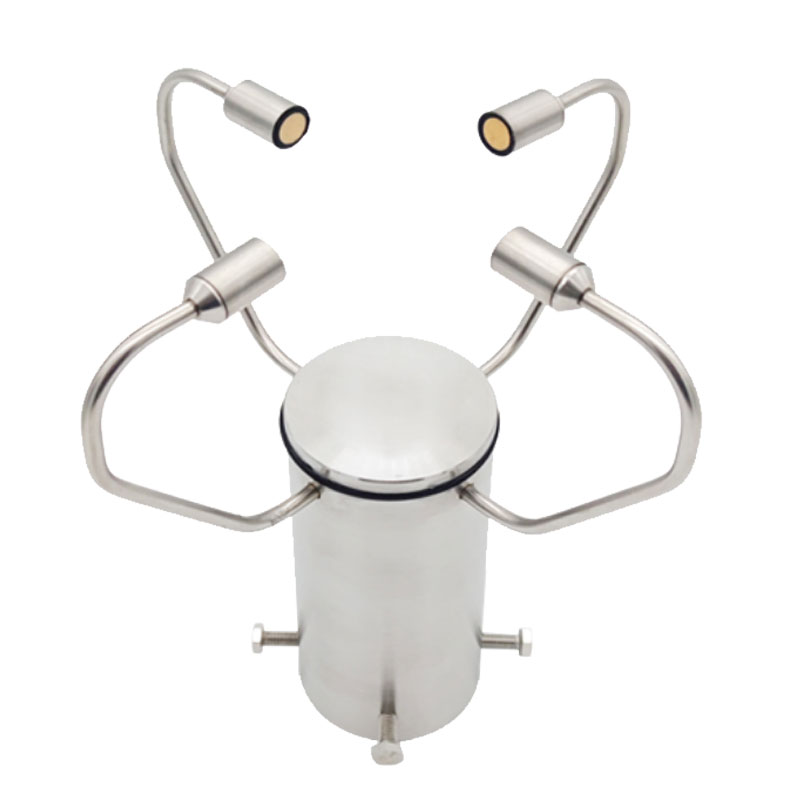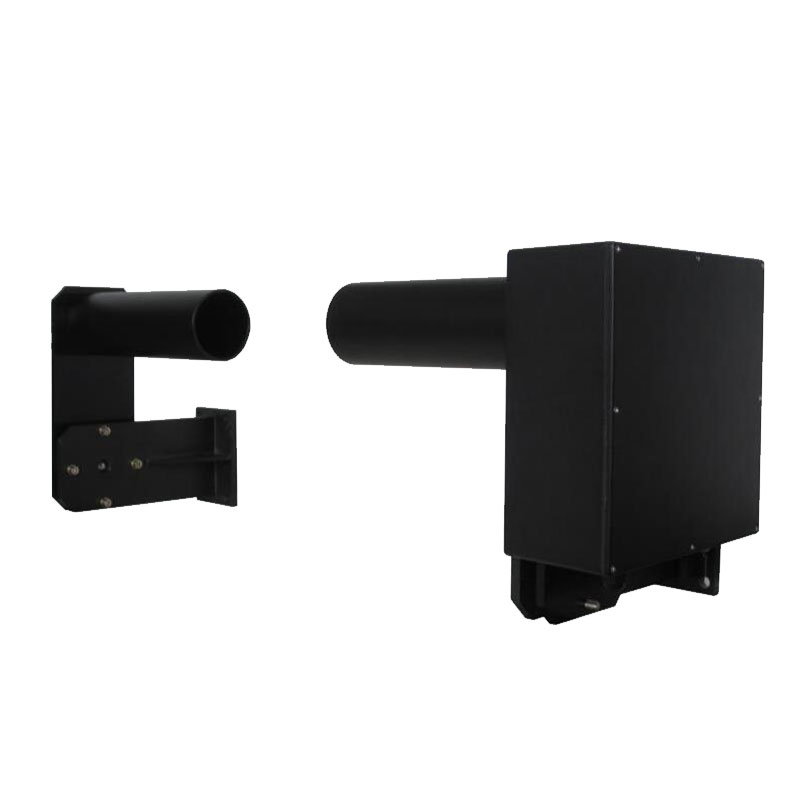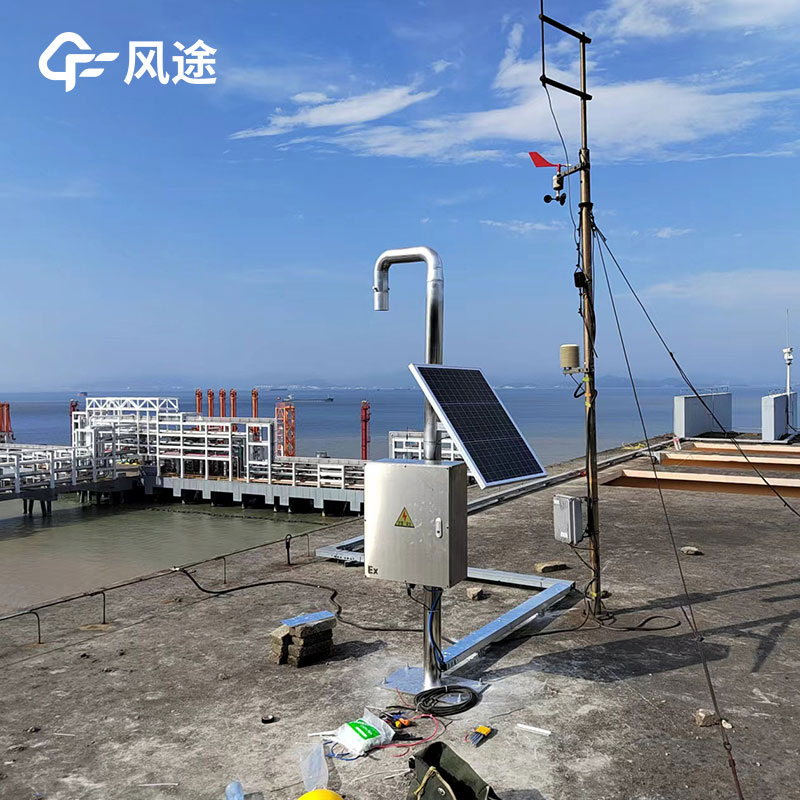Product
Recommended article
- One - Stop Dust Monitoring Solution
- How Forestry Weather Stations Bolster Forest Fire Prevention Efforts
- Discover the Power of Negative Oxygen Ion Monitoring System for Cleaner Air
- Comparative Analysis of Ultrasonic and Automatic Weather Stations in Meteorological Monitoring
- Breaking Through the ‘Last Meter’ with Online Dust Monitoring System
- Mastering Road Conditions with Road Weather Station
Contact us
Shandong Fengtu IOT Technology Co., Ltd
Sales Manager:Ms. Emily Wang
Cel,Whatsapp,Wechat:+86 15898932201
Email:info@fengtutec.com
Add:No. 155 Optoelectronic Industry Accelerator, Gaoxin District, Weifang, Shandong, China
Introduction to the Integrated Forest Fire Risk Monitoring Station
Article source:Weather station time:2024-04-22 08:59:45 viewed:51times
Forest fires are frequent and pose a great threat to forests; they are extremely destructive and the ecological damage caused is often difficult to repair. Common causes of forest fires include:
Natural causes: such as extreme weather conditions such as drought or lightning, which may trigger fires.
Human causes: such as negligent wildfire use or inappropriate forest activities.
Inadequate fire prevention measures: Lack of effective preventive and emergency measures can increase the risk of fire.
Protecting forests and preventing fires requires us to be vigilant and take comprehensive measures to reduce the likelihood of fires.
The Integrated Forest Fire Risk Monitoring Station (IFMRMS) is a piece of equipment specifically designed to monitor the risk of forest fires and consists of three main components:
Integrated micro-meteorological sensors: used to collect meteorological parameters such as temperature, humidity and wind speed.
Hardware package: includes the sensors and the physical components of the monitoring station.
Together with the management module, these devices can collect a wide range of fire risk-related parameters in real time, analyse them, and provide accurate and multi-dimensional data support for the forest fire risk perception model. The collected data is uploaded in real time via a 4G transmission module to the cloud platform, which is able to view the data and analyse it in real time, so that reasonable fire prevention and early warning measures can be formulated.
In order to accurately determine whether a fire has occurred, the monitoring system will determine the situation by sensing the rise in ambient temperature and changes in gas. Once the system detects an abnormality, it will immediately sound an alarm so that countermeasures can be taken quickly. In vast forested areas, the use of video surveillance systems for fire monitoring is critical.
Used in conjunction with cameras, it allows for all-round monitoring, covering every corner of the forest for remote viewing. This allows early detection of incipient fires so that forestry managers can respond quickly to cut off the source of the fire and prevent it from spreading further.

This paper addresses:https://www.yf182.com/industry/340.html
Related products
Related article
-
Role of grassland weather stations
2024-03-05 -
Substation micrometeorological environment monitoring
2024-06-18 -
Dust Monitoring Equipment: Building a Solid Defense for Environmental Protection
2024-11-26 -
Photovoltaic weather stations optimize power generation efficiency
2024-08-09 -
Fengtu's Air Quality Monitoring Station for Comprehensive Environmental Surveillance
2024-09-10 -
Meteorological equipment for disaster prevention and mitigation
2024-03-01 -
Negative Oxygen Ion Detector Company
2024-05-14 -
Principle of field mini weather station
2024-04-09










